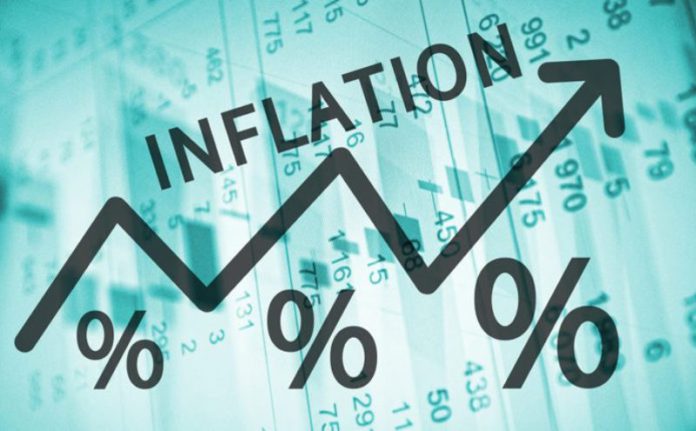
Inflation returned to the upward trajectory, albeit marginally, to hit 11.4% in July 2020.
According to figures from the Ghana Statistical Services, increases in food prices continued to influence the rate of inflation.
Month-on-month inflation between June 2020 and July 2020 was however 0.5%. This is lower than the 1.0% recorded between May and June 2020.
Only two of the 13 divisions had higher than average inflation rates. They were Housing, Water, Electricity and Gas (20.3%) and Food and Non-Alcoholic Beverages (13.7%).
The figures from the GSS further stated that the Food and Non-Alcoholic Beverages Division recorded a year-on-year inflation rate of 13.7%. This is however 0.1 percentage point lower than in June 2020 (13.8%) and 1.4 percentage points lower than May 2020 (15.1%).
However, year-on-year non-food inflation stood at 9.7%, which is higher than the 9.2% measured in June 2020.
Within the Food Division, Vegetables (28.2%) and Fruits and Nuts (13.0%) were the subclasses with the highest rates of inflation. Month-on-month inflation for Fruits and Nuts stood at 0% while Vegetables recorded a negative inflation of -1.5%.
Housing, Water, Electricity and Gas (20.3%) recorded the highest year-on-year inflation in the non-food category.
The Non-Food Subclasses with the lowest inflation were Life and Accident Insurance (-13.4%), Electricity (-35.5%) and Electric Appliances for Personal Care (-66.4%).
Also, the inflation of imported goods was 5.1%, while the inflation of local goods was 14.1% on average.
At the regional level, the Greater Accra recorded the highest year-on-year inflation of 16.2%, whilst the Volta Region recorded 4.2%
